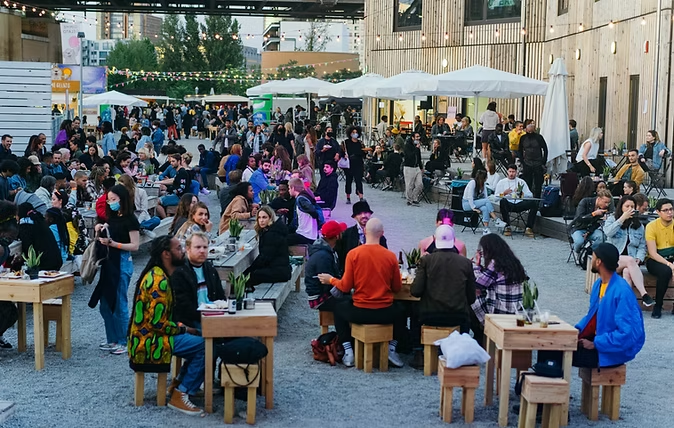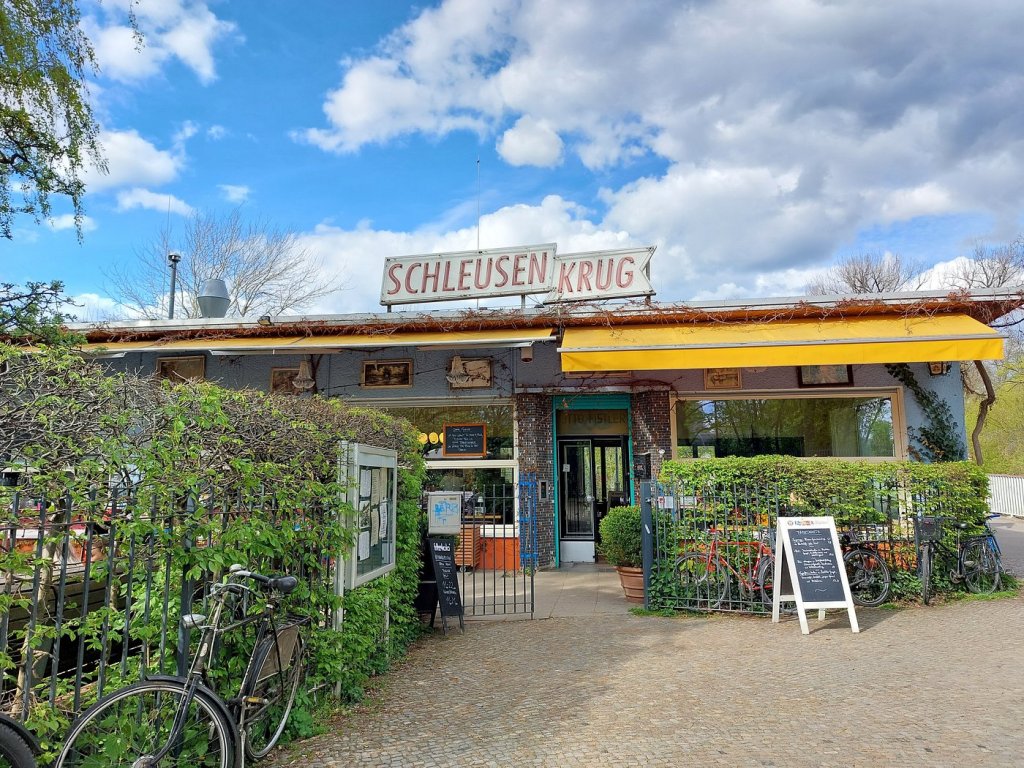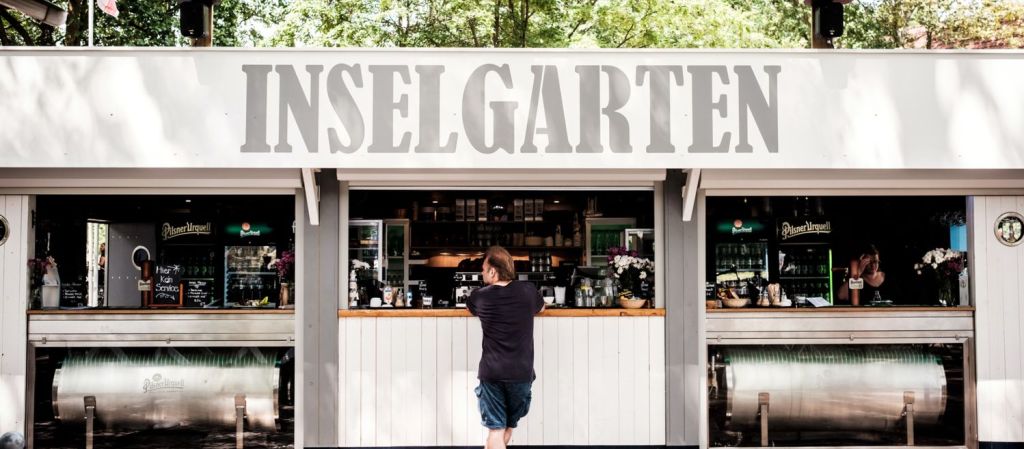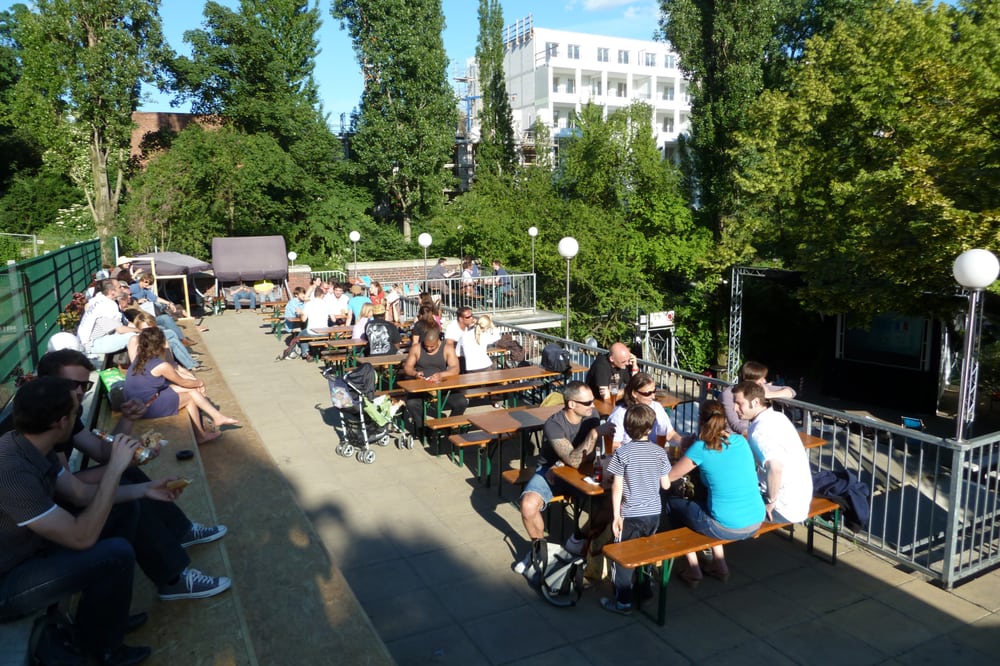When Americans go to Mexico, it’s easy for us to end up on a well-trodden tourist path.
That’s a common case in countries that rely at least partly on tourism. They have infrastructure in place that makes it easy for travelers to get around, get a bite to eat, book a hotel, and more.
Inevitably, many people end up on this conveyor-belt-style itinerary, even when we try to put together a unique set of experiences.
The bigger the city, the more common it is to stick to the ‘path’, so to speak.
That’s the case for many Americans heading to Ciudad de Mexico, the second largest city in the Americas based on population. Home to almost 22 million people, it’s a massive and complex network of neighborhoods, landmarks, parks, museums, and more.
Even travelers who plan to spend a week in Mexico City might barely scratch the surface.
And even those who go back twice or more might still be missing out on the city’s coolest cultural landmarks.
Think you know Mexico City? See if you’ve stopped at these cultural landmarks. If not, it might be time to schedule a visit during your next trip to Mexico City.
Below, I’ve listed out my top five favorite cultural landmarks in Mexico City in Spanish. In parentheses, you have the English version.
5 wonderful cultural landmarks in Mexico City
Kiosco Morisco (Morisco Kiosk)

The Kiosco Morisco is a pavilion located in Alameda Park in the Santa Maria la Ribera neighborhood. The park is a popular stop for locals and visitors alike—you may have even passed this gorgeous kiosk before.
It was built in 1884 in the neo-Mudejar Spanish style, which borrows from the Moorish architecture. The design of the kiosk is heavy on geometric details, creating a feast for the eyes.
Uniquely, it’s constructed entirely of wrought iron and panels, meaning it can be disassembled and reassembled. In fact, it was shipped off to Saint Louis, Missouri to appear at the Saint Louis Exposition in 1902 before heading back south to Mexico City.
Huerto Roma Verde (Rome Verde Garden)
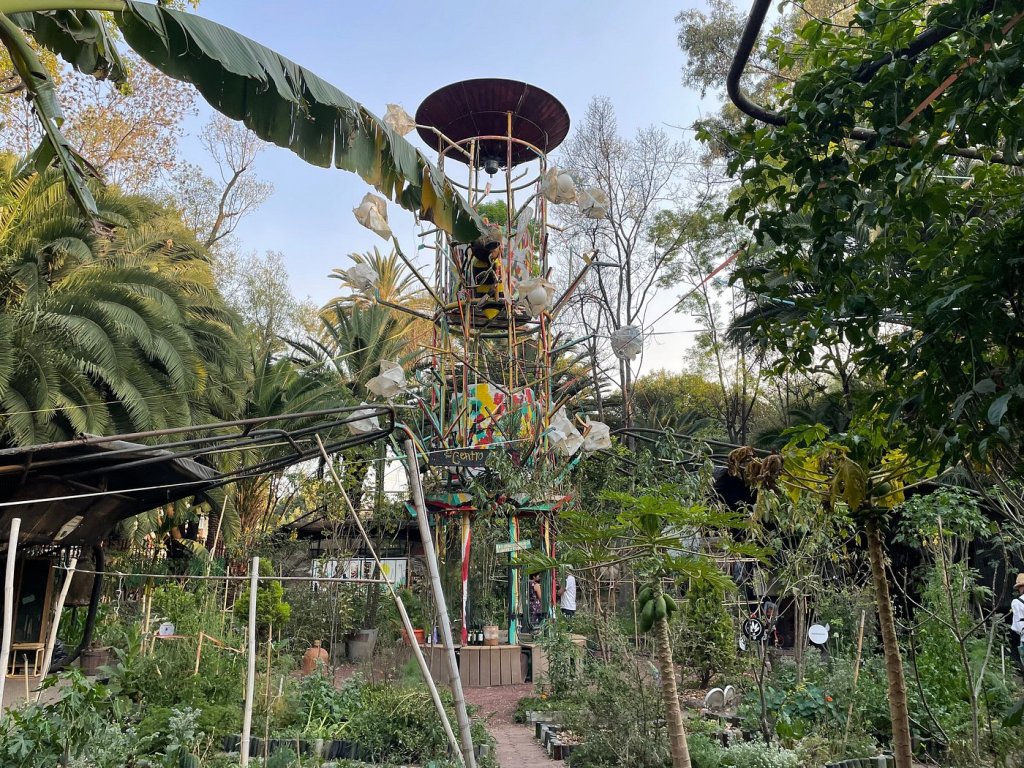
Though the name says garden, this massive and gorgeous community center is so much more. The gardens are the focal point of this communal research space, which brings locals in to learn about bio-social spaces and how to foster them.
Sounds heady, right? It’s a lot simpler than it sounds. Bio-social topics revolve around linking human wellbeing to biological and ecological wellbeing. For example, one of the main missions of Huerto Roma Verde is to educate people on how to create urban gardens, aka urban permaculture.
Whether you want to explore the tropical gardens to actually join a community event, Huerto Roma Verde is a cultural project that will stay with you for a long time.
Cineteca Nacional (National Cinema)

Cineteca Nacional is Mexico’s largest institution designed to preserve, catalogue, and exhibit the country’s greatest films and filmmakers.
From an architectural standpoint, the cineteca is a modern structure with plenty of open-air space. You can explore its exhibits and even attend an awards ceremony, if you have a particular project on your radar.
But I’d recommend heading to the Cinteca Nacional to catch a movie in the open air. The institution hosts cheap movie nights that showcase lesser-known films, giving you the perfect chance to watch a movie on the lawn while learning more about Mexican filmmaking.
Museo Memoria y Tolerancia (Museum of Memory and Tolerance)

If you’re not a fan of dark tourism, you might not be interested in the Museum of Memory and Tolerance. Founded in 2010, the goal of the museum is to link themes of tolerance and human rights across a broad range of human conflicts.
Using the voices of survivors and victims, the museum seeks to create dialogues from some of humanity’s darkest hours. I doubt anyone wants to feel sad on their vacation to Mexico City, but the concept is too cool to pass up.
The museum is divided into two sections: memory, which covers various historical plights, and tolerance, which focuses on the power of dialogue and diversity. That’s a pretty grand scope in terms of mission that I haven’t heard of elsewhere.
Pequeño Séul (Little Seoul)
If you’ve graced Mexico City before, I’m sure you’ve heard about Pequeno Seul, which is Mexico City’s Korean neighborhood. Located in the Zona Rosa area, it’s home to thousands of Koreans who are making their home in the city.
From restaurants to skincare spas to bars, you can find a highly unique spin on Korean favorites—Mexico City style, nonetheless.
